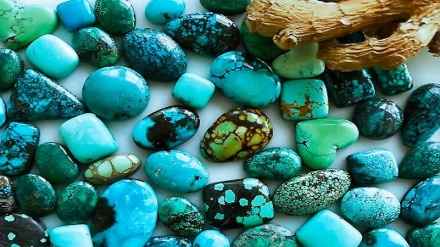Iranian Market (26)
Welcome to another episode of the Iranian Market, in which we are going to discuss the Islamic Republic of Iran’s advancing industry of producing animal feed.
It is said that over one hundred million people are annually added to the world population and that more than 9 billion people would live on planet earth by the year 2040.
As you know, providing food safety for these people is one of the world concerns. Following the increase in the world population, of course, the global demand for consuming livestock and poultry products will also increase. The importance of this issue becomes more evident when we take this challenge into consideration that the crisis caused by global warming has had negative consequences on the process of producing farming products. Besides, considering sanitary issues related to livestock and poultry and their food sources is of great significance.
Today one of the important food industries is meat products. Every day a very huge volume of food products flows into the global markets. Yet, livestock and poultry products include the largest section in this regard.
In the chain of producing food products, one of the important factors is livestock and poultry feed. Animal feed is actually the most important strategic link in the chain of providing protein in communities. Animal feed includes foods needed for farming animals consisting of fodders or forages, hay, as well as straw, silage, compressed and pelleted feeds, oils and mixed rations, and sprouted grains and legumes. Feed grains are the most important source of animal feed. According to a report by the International Feed Industry Federation, IFIF, the rate of industrial producing feed for livestock, poultry and aquatics around the world has grown about 40% in the past 20 years.
In 2015, about one billion tons of animal feed for livestock, poultry and marine animals were produced in the world.
According to global figures in 2016, more than 30 thousand industrial units were busy producing livestock and poultry feed across the world. The role of these units in addition to increasing production and function, is to produce healthy and high quality food. The most important role of factories which produce food for livestock, poultry and marine animals is processing edible materials for increasing the efficiency of consumer grains including wheat, corn and oat, oil grains, hay and other products.
Today about one billion tons of various livestock feed are consumed across the world. Nearly seven decades have passed since Iran started its activities in the field of producing livestock feed.
Actually the animal feed industry in Iran got off the ground about 64 years ago concurrent with the industrialization of animal husbandry and poultry farming in the country.
The history of animal feed industry in Iran began with establishing farms which grew industrial poultry in the country. After passage of time and launching of investments in this field, Iran’s industry of animal feed currently has the capacity to produce more than 50 types of products needed for livestock, poultry and marine farms in the country. Iran’s annual turnover in the field of animal feed industry reaches about 11 billion dollars. The products after fulfilling domestic needs are exported to the countries of Central Asia, Iraq, Syria, Qatar, Turkey and UAE. Currently, 20,000 people are working directly in the factories of animal feed in different provinces of Iran.
In this regard, several science- based companies are actively working to improve the quality and quantity of Iran’s animal feed.
According to official figures, currently some 645 livestock, poultry and fish feed production units have been registered in Iran with an overall working capital of more than $7.92 billion. Of this sum, more than 40% amounting to over $3.17 billion pertain to industrial units and the rest to livestock, poultry and fish farms that produce feeds.
AE/RM/SS


